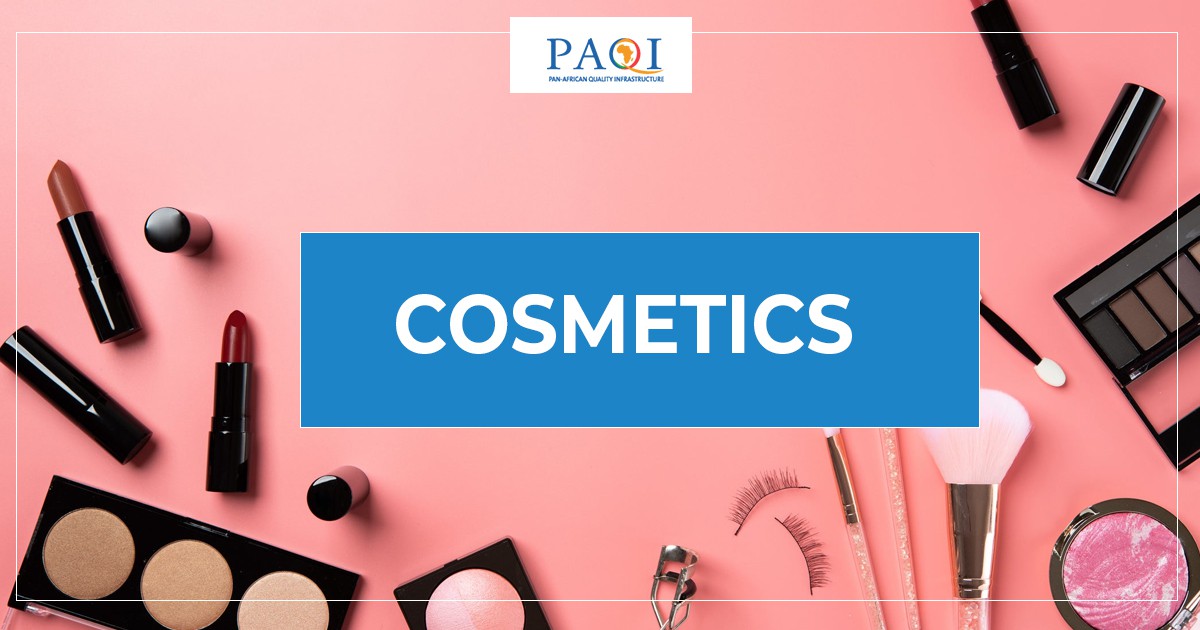Cosmetics
- Authored By PAQI (Pan African Quality Infrastructure)
- 11 Chapters
- 1 Student Enrolled
Course Overview
OBJECTIVES
- To understand consumer needs and creating innovations in this industry based on the changes in general lifestyle trends.
- To identify the link between beauty and Fashion in order to make participants understand consumer behaviors.
LEARNING OUTCOMES
Upon the completion of this training course, participants from industry / Small and Medium Enterprises (SMEs) will be equipped with knowledge and skills which will allow them:
- to understand the importance of Quality Management System (QMS) in various processes,
- to apply basics of Good Manufacturing Practices in their companies
- to understand how quality affects the consumer choice and important factors of
- buying decisions of beauty and fashion products
- to understand branding and marketing of cosmetics and fashion products,
- to identify and be aware of Culture influence considerations.
- to meet the compliance of the cosmetic product with the applicable legislation
- to establish a clear and transparent documentation system;
- to share experiences on how they were surviving through the situation of the COVID-19 pandemic.
COURSE OUTLINE
This training module will provide basic knowledge on the following topics:
i. Introduction to Quality Management for cosmetics and fashion products;
ii. Introduction to the Guidelines on Good Manufacturing Practices (GMP) of cosmetic
products;
iii. Introduction to quality impact on the consumer choice and important factors of
buying decisions of beauty and fashion products;
iv. Branding and Marketing of cosmetics and fashion product;
v. Culture influence considerations;
vi. Compliance of the cosmetic product with the applicable legislation;
vii. Clear and transparent documentation system;
ix. Conclusion
ACRONYMS AND ABBREVIATIONS
AfCFTA: African Continental Free Trade Area
ARSO: African Organization for Standardization
ICCR: International Cooperation on Cosmetic Regulations
IAFT: Intra-Africa Trade Fair
ISO: International Organization for Standardization
PAQI: The Pan African Quality Infrastructure
QC: Quality Control
QMS: Quality Management System
RSB: Rwanda Standards Board
SMEs: Small and Medium Enterprises
SOPs: Standard Operating Procedures
USP: a Unique Selling Proposition.
